Water filters are a fantastic way to improve your drinking water quality by removing a whole host of common contaminants. However, not all filters are as capable as they seem.
Testing water filters is the best way to determine the effectiveness of the filtration process. In this guide, we’ll be sharing how to evaluate your water filter’s performance by testing a water sample in your home.
Table of Contents
🧪 How To Test the Performance of your Water Filter
The most effective way to test the performance of your water filter is to test your water before and after using the filter.
Let’s say you’re using a water pitcher filter. Take two water samples: one tap water sample straight from your faucet, and one filtered water sample from the pitcher. Compare these two samples to see which contaminants the pitcher can remove.
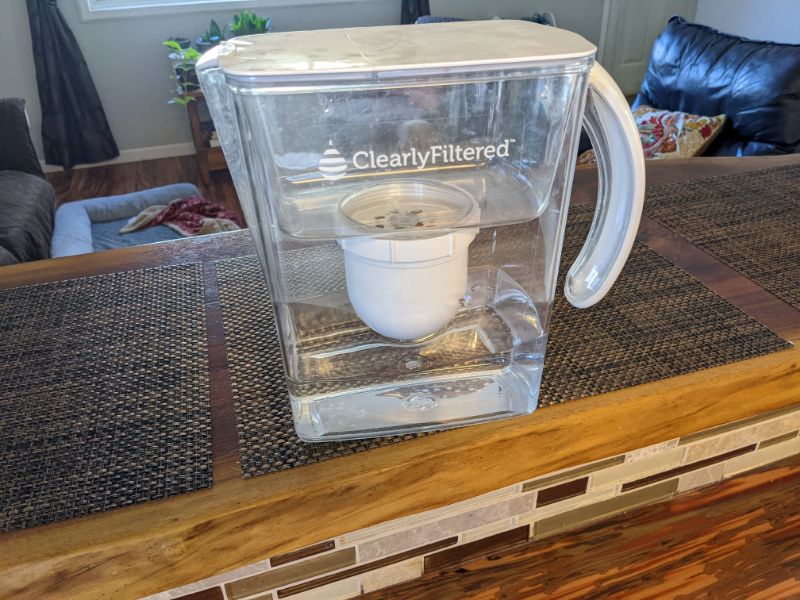
Testing your drinking water before and after filtration is better than testing your water only once, after it has been filtered. If you only test your water once, you won’t have any results to compare your results to, so you won’t know whether the filter has reduced your water’s contaminant levels or not.
You have two testing options:
- Laboratory testing
- DIY water testing kits.
Laboratory Testing
Laboratory testing is the most thorough water testing option.
Lab testing is a low-hassle option, too – you just take a couple of water samples and send them off to the laboratory. You should receive your test results via post or email within three weeks. Your report should highlight exactly what your water contains, and how these contaminant quantities compare to industry guidelines, such as Environmental Protection Agency MCLs.
Remember that the best way to test the performance of your filter is with two water tests, so you’ll need to pay for laboratory testing twice. Each test can cost over $100, so this is quite an expensive option – but it’s also the most accurate.
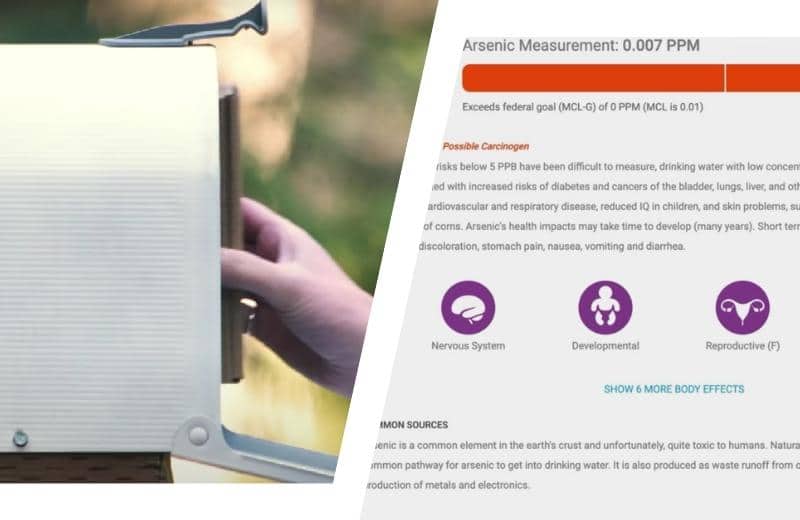
DIY Test Kits
A DIY testing kit is the most affordable way to test your water filter’s performance.
This kind of testing kit can be purchased for less than $30 and contains test strips, instructions, and a color chart. You dip a test strip in a sample of your tap water, then wait for the strip to change color. Compare the strip to the color chart to get a rough estimate of the contaminants in your water.
Testing kits are cheap, so they’re a good option for small budgets. However, they won’t give the most accurate representation of your water filter’s capabilities because they only give an estimate of your water’s contaminant levels.
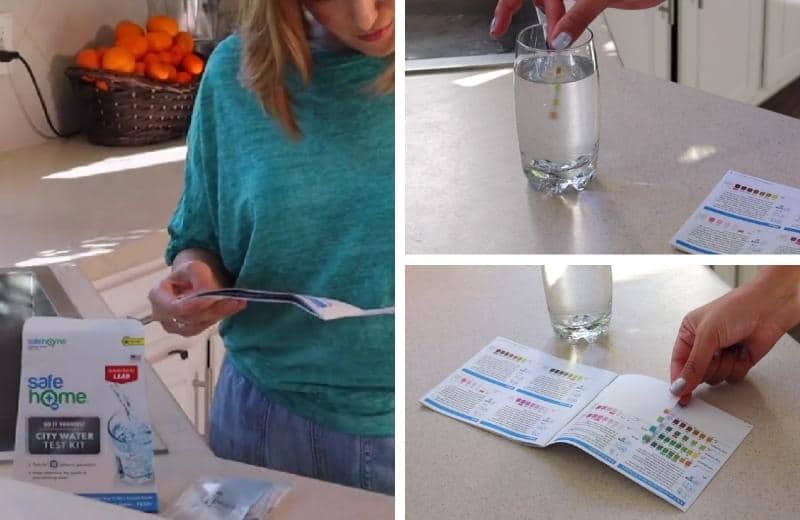
📝 Step-By-Step: Performance-Testing a Water Filter
To performance-test your drinking water filter, follow these steps:
Step 1: Order your Test Kit
First, decide what type of water test you want to buy and place your order.
Different tests measure for different contaminants, so decide whether you’d like to test for a certain contaminant (like chlorine taste and odor) or a range of contaminants (such as chlorine, heavy metals, pesticides, herbicides, volatile organic compounds, and other common city water contaminants).
Remember, laboratory testing is the most accurate choice, but it’s also the most expensive. We’ve shared the best water test kits for various circumstances and budgets in this guide.
Step 2: Prepare to Test
There are several things you can do in preparation before you test your water, which will ultimately help you to get the most accurate performance data from your filter.
If you haven’t already installed your filter, start there. You won’t be able to do a before-and-after test of your water until the filter is installed. (Skip this if you have a filter that doesn’t need installing, like a filter pitcher).
If you’re testing a filter that you’ve had installed for quite a while, keep in mind that it’s expected that its performance will degrade over time.
Repeated contact with your water supply will cause the filter media to become clogged with contaminants, making it less effective at treating your water. For this reason, make sure to test your filter after changing the filter and cleaning the system (if cleaning is necessary).
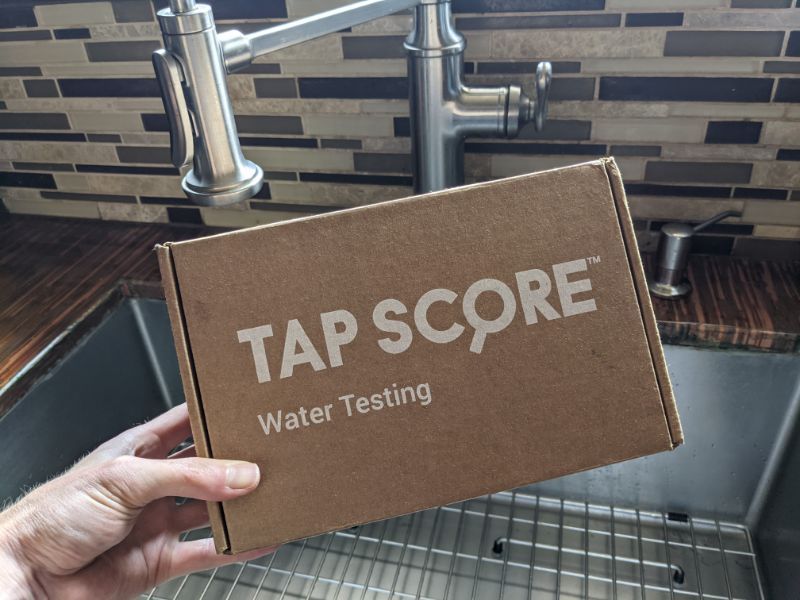
Step 3: Conduct the Test
Once you’ve prepared your filter for testing, you’re ready to conduct the test. Simply follow the instructions in the testing kit to test your unfiltered and filtered water.
If you’ve chosen a laboratory test, take samples of your water in the included vials and post the kit back to your laboratory. Make sure to collect one sample of water before the filter, and one sample of filtered water after water treatment.
If you’re using an at-home test kit, follow the instructions to dip a test strip in several water samples – one before and one after water treatment.
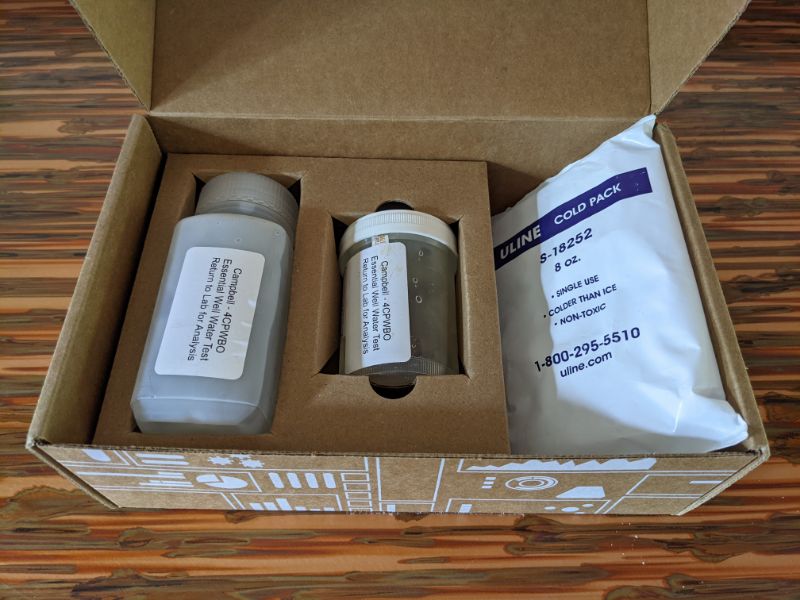
Step 4: Compare the Results
Finally, when you have your results (either immediate results from DIY testing or delivered laboratory test results), compare both sets of results.
You should notice a big difference in your water’s contaminant levels before and after the filter. If not, your filter might be ineffective – more on that later in this article.
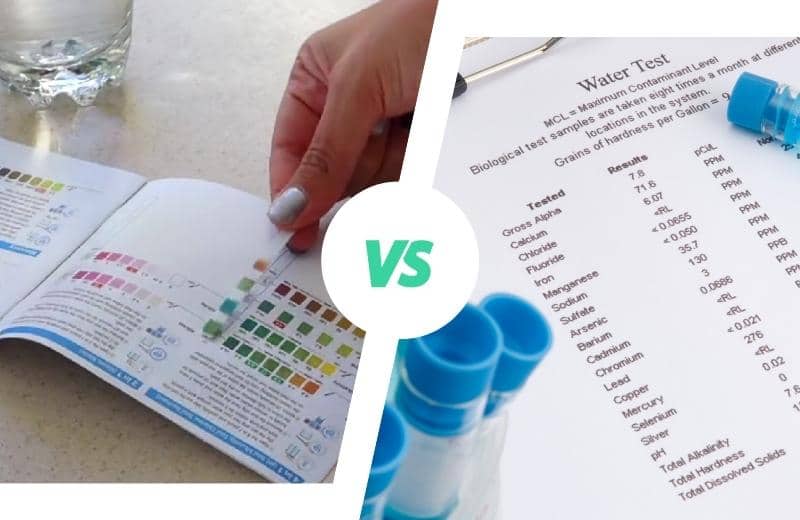
🤔 Why Test a Water Filter System?
There are a few reasons to test the effectiveness of your filtration system:
You’ve Bought a New Filter
In an ideal world, manufacturers would be completely honest about what their products can do. But some manufacturers are prone to exaggeration, and some don’t back up their claims with third-party proof.
If you’ve just bought a filter and you want to see whether it’s working as expected, it’s good to test the filter as soon as possible. Most manufacturers offer a money-back guarantee or trial period, so you can return your filter for a full refund if you’re unimpressed with your test results within a certain period of time (usually 1-6 months).
You Think your filter Isn’t Working
Another potential reason to test your filter is if you think it isn’t working.
Perhaps you’ve noticed that your water has a bad taste after filtration, even though you replace the filters regularly. Maybe you can’t tell the difference between filtered and unfiltered water, and just want to check that the filter is removing contaminants as expected.
Conducting water quality tests will give you the knowledge you need to determine whether or not your filter is working as advertised.
📰 Reasons Your Water Filter Is Ineffective
If you test your filtered water and discover your filter isn’t removing contaminants as expected, you need to work out why. Some of the most common reasons behind ineffective water filters are:
It Needs Maintenance
If your water filter is no longer producing adequately filtered water, it may simply need maintenance.
Depending on the filtration system you own, the filters will need to be replaced every two months to one year. If you don’t replace the filters on time, they’ll stop effectively removing contaminants from your water. In fact, old filters could even develop holes and leak high levels of trapped contaminants back into your water.
If you think your filters have reached the end of their lifespan, replace them, then test your water again.
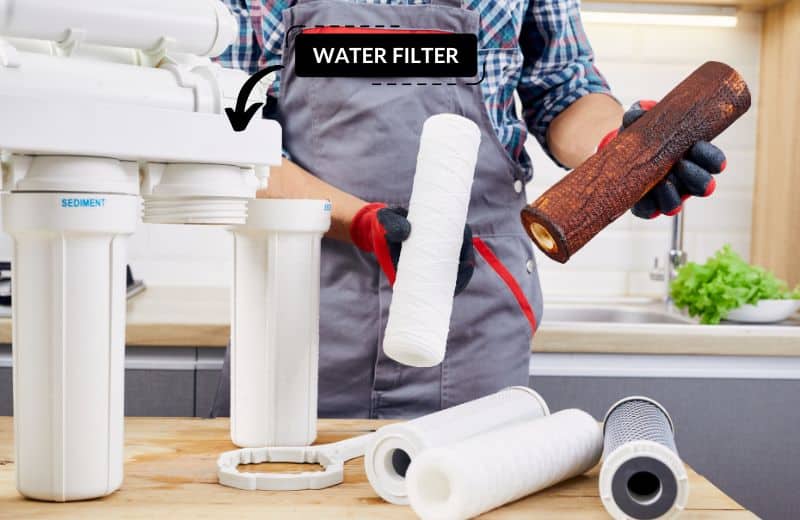
It’s A Bad Product
Sometimes, no amount of maintenance or fixing can make a water filtration system more effective.
Some filter products, especially certain water filter pitcher models, are cheaply made and not fit for use. It can be tempting to spend as little money as possible on a filter – but you’re not getting a good deal if the filter quality is terrible.
There are plenty of high-quality water filtration products – including water filter pitchers – that are affordable and effective enough to remove a whole host of contaminants. You just need to know where to look.
Water is Exposed to Contaminants After Filtration
In some cases, the water filtration process in your filter might be working perfectly, but your drinking water becomes re-contaminated after filtration.
For instance, if you use a whole house filtration system that can remove contaminants from your entire water supply, but your water pipes contain heavy metals, your treated water will become re-contaminated before it leaves your faucets.
Lead and copper are commonly found in pipes and plumbing. You may need to use a point of use filter, like an under-sink filter, if you can’t replace your old water pipes.
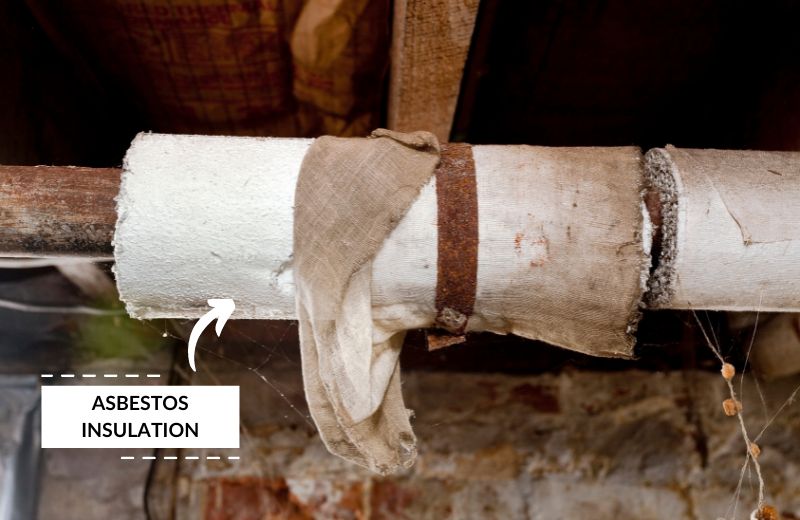
You’re Not Using the Right Type of Filter
Finally, the wrong type of filtration method may be the reason why you still detect certain contaminants in your drinking water after using a filter. Make sure the filter you own is designed to remove your problem contaminants.
For instance, you might be keen to remove fluoride or arsenic from your water. In this case, a standard activated carbon filter won’t cut it. You’ll need a dedicated filter, such as an activated alumina filter.
🧠 Water Filter Tester: FAQs
How do I test my water filter?
You can test your water filter by conducting a water quality test on samples of water taken before and after your filtration system. If your filter has successfully reduced or removed the contaminants you test for, you know that the filter’s performance is good.
How do you know if your filter is working?
You may notice an improvement in water taste or smell if your water filter is working. A sure-fire way to know if your filter is working is to use test strips to test your water quality before and after filtration.
What is a TDS water tester?
A TDS water tester, or TDS meter, tests the total dissolved solids in your water. This kind of test is useful if you have a reverse osmosis system, which is designed to reduce TDS. However, TDS testers aren’t an effective way to measure the performance of most filters because most filters don’t reduce TDS – they reduce specific contaminants instead.
How do you check the quality of a water purifier?
You can check the quality of a water purifier by examining the components and filter cartridges. If the system is sturdily built, and doesn’t feel flimsy or poorly-made, it’s likely that it’s of decent quality. You can go one step further to check the quality of a water purifier by testing your water after filtration. This will confirm that the filter is working as advertised.
Is testing your water necessary?
No, in most cases, testing your water isn’t necessary – but you may want to do it if you’re keen to learn about the potentially harmful contaminants in your water.
Water quality reports only tell you so much about what community water systems remove from their water. Because a water quality report is only reflective of a water source on a certain day, it isn’t indicative of how your water parameters and contaminants might change on a day-to-day basis. Testing your drinking water from the faucet is the best way to detect different contaminants that affect water taste and quality.
